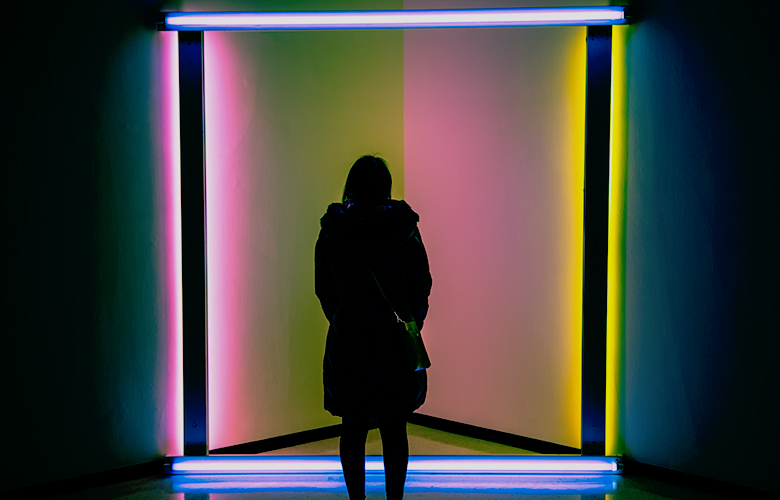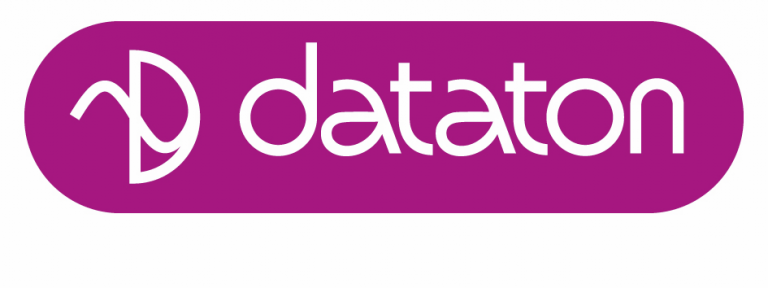
There is no shortage of design skill sets, technical ability and implementation. So why are lighting experiences often disappointing or underplayed?
‘Give us 1500 words about lighting’ they said. Oh. Where to begin?
I’m not a lighting designer, board operator, rigger, CAD expert, fixture specialist, nor a director. Probably a bit like someone asking me to write about art I guess: ‘I know nothing about art, but I know what I like,’ would probably be my retort. In fact, I have hardly any professional lighting experience. Unhelpful when writing a blog about this subject matter I concede. I can change a light bulb though. Not helpful in this context probably.
However, I have always been impressed by excellent lighting design and execution. There’s something exciting about a Broadway show, a well-lit exhibition or a beautifully presented atrium in a building. It can be very special.
Lighting creates atmosphere that can be difficult to achieve with other forms of communication. The way that lights dim just before a film starts at the cinema, bring incredible levels of anticipation; that simple act is really powerful. Television studio lighting is massive in its complexity but makes for exceptionally good pictures when executed well in the hands of professionals. Stage lighting is incredible with the different colour temperatures, dynamic range and mechanical possibilities that are available to the Lighting Director. These are just three examples of effective use of lighting and there are many more of course.
My wife and I moved into our house in 2006. A brand new one. Everything was perfect, except the lighting. In fact, nothing was right about the lighting at all – none of the overhead sockets were in the right place, the kitchen down lights put out incredibly high temperatures (so much so, that you didn’t need the central heating radiator on) and were casting perfect shadows over the food preparation area so that it was impossible to see what you were doing. All of the light switches were in odd places too. A less than optimal experience one might say.

So why did this happen? Well, I think that cost came into it and the fact that the builders were probably under a penalty clause if the property wasn’t finished on time – in fact, it could have been any number of reasons. We really had the impression that someone had said: ‘That’ll do,’ and signed it all off. Nice, considering that buying a house is likely to be the most expensive thing you will ever purchase!
I mention this because I often see examples of poor lighting in so many day-to-day environments. My local railway station, my favourite restaurant, many types of shops, the Town Hall and the Public Library spring to mind as massive fails. This is a pity as the correct lighting in a space makes a huge difference to how the space is perceived.
A very good Producer friend of mine, Richard Cobourne reminded me of a conversation that he once had with a procurement department of a large corporate company. Richard’s company specialises in large-scale exhibitions for the pharmaceutical and medical sector and they were submitting a tender for an event.
During the post-tender interview and particularly during the ‘value engineering and cost saving’ discussion, he was asked: ‘Why do you need a floor when the convention centre already has one and why do you need lighting when there is already house lighting in the exhibition space?’ I think that those questions tell you all you need to know about the misunderstandings that can take place when you start to get into trying to optimise the experience for a client.
And that’s what lighting is about, surely. The experience. The ability to control the environment in such a way that makes a difference to the way people view what is being shown to them.
A series of cues of subtle colour changes and beautifully choreographed moves that can transform a scene into something that is completely different to how it started.

There are times when using a space with no lighting at all can also be extremely effective. Over the last 25 years I have been working with Mike Jones of Film & Video Umbrella and he works for an organisation that commissions, curates, produces and presents artists’ moving-image works that are staged in collaboration with galleries and other cultural partners across the UK.
The quality of video playback that Mike achieves is phenomenal. With the use of projectors that have stunning black levels and high contrast ratios, he is able to create an amazing atmosphere in a space that has no lighting. Complete black-out in fact, except for the artists’ work that is being projected onto a screen.
I often look at the AV industry and think to myself, what technology shift has made a real difference. In the case of lighting, the answer has to be LED.
In almost every sector where lighting is used, the move to LED technology has enabled massive running cost savings, more accurate colour temperatures and possibilities that we could only have dreamed of 20 years ago.

Back in the late 1990s I was writing for Dataton’s News & Views magazine (when it was a paper version) and I asked Kevan Shaw, a highly respected lighting designer, for his thoughts on the direction of lighting technology and how we were going to be using it in the future. He spoke a lot about the controllability of lighting, the types of protocols that we would be using and also about the fixtures themselves, I seem to recall. The LED discussion was had, but the technology was barely developed, not adequate for many applications and it really couldn’t be taken seriously for project-based work.
Fast-forward rapidly into 2018 and we are spoiled for choice. The range of fixtures, the systems that we use to control LED lighting and the design possibilities for indoor and outdoor applications are incredible.
There have always been large lighting exhibitions and conferences where vendors go to show their products and services and I would say that Light Fair International in Chicago, Live Design International in Las Vegas, PLASA in London and Prolight + Sound are good starting points to explore some of this technology.
When I have been involved with AV projects that have encompassed any kind of lighting, I have always gone to a professional to help. A little knowledge in this area is not helpful and I would always sub-contract this part of a project to a company or an individual that is fully qualified and has a vast amount of experience in the business.
It’s important to work with a good lighting designer and The Association of Lighting Designers in the UK is a very useful source of information with a long list of Lighting Designers that are able to assist.
Often, I see projects that could have benefited from better lighting design and execution. Even more often, I have heard that ‘we can’t afford an Lighting Designer’ or ‘we don’t think we need one.’ I have first-hand experience of why this element cannot be overlooked or not given the priority that it really deserves. We have the best technology available to us now and we must employ the professionals in order to get the best out of it.

Also by News & Views by Dataton :
Projection Design For Theatre: Robert Mallin And “ENRON”
Content Management For Large Events


The News&Views blog is created by Dataton, and is about multi-display software and surrounding technologies, media servers, content creation - basically anything within the AV industry that serves to enrich the audience experience! Dataton has provided outstanding products to the audiovisual industry for over 40 years and is the maker of the WATCHOUT production and playback system. WATCHOUT systems are used globally in performing arts venues for scenic projection – in theatre, dance, and musical performances. We first started publishing News&Views, with content reflecting the world of multimedia communication, back in the 80s!
Read Full Profile© 2021 TheatreArtLife. All rights reserved.

Thank you so much for reading, but you have now reached your free article limit for this month.
Our contributors are currently writing more articles for you to enjoy.
To keep reading, all you have to do is become a subscriber and then you can read unlimited articles anytime.
Your investment will help us continue to ignite connections across the globe in live entertainment and build this community for industry professionals.